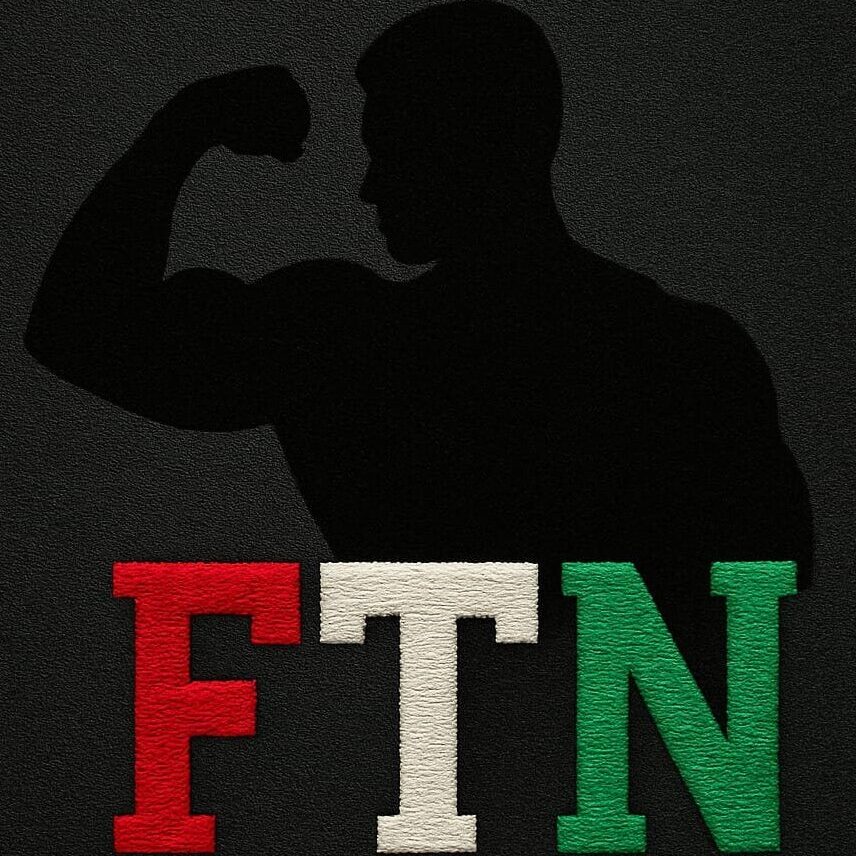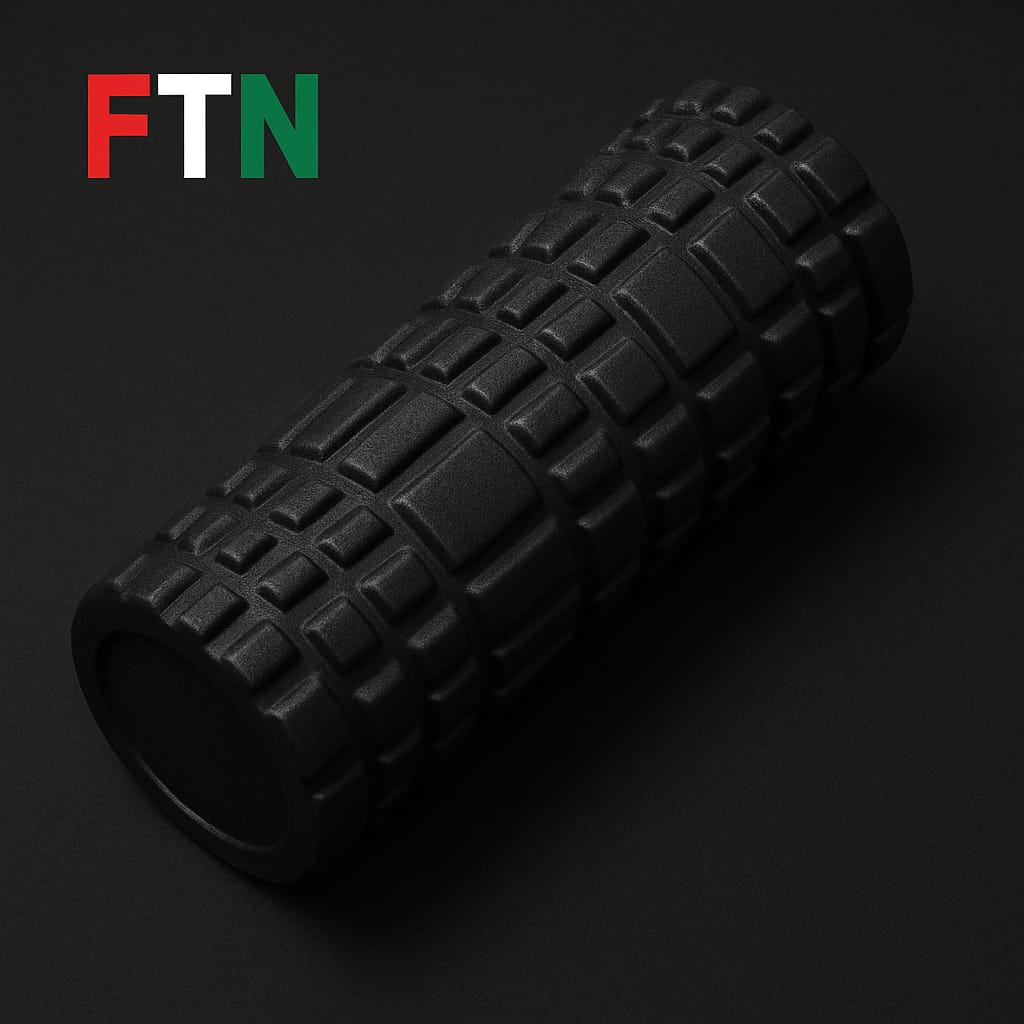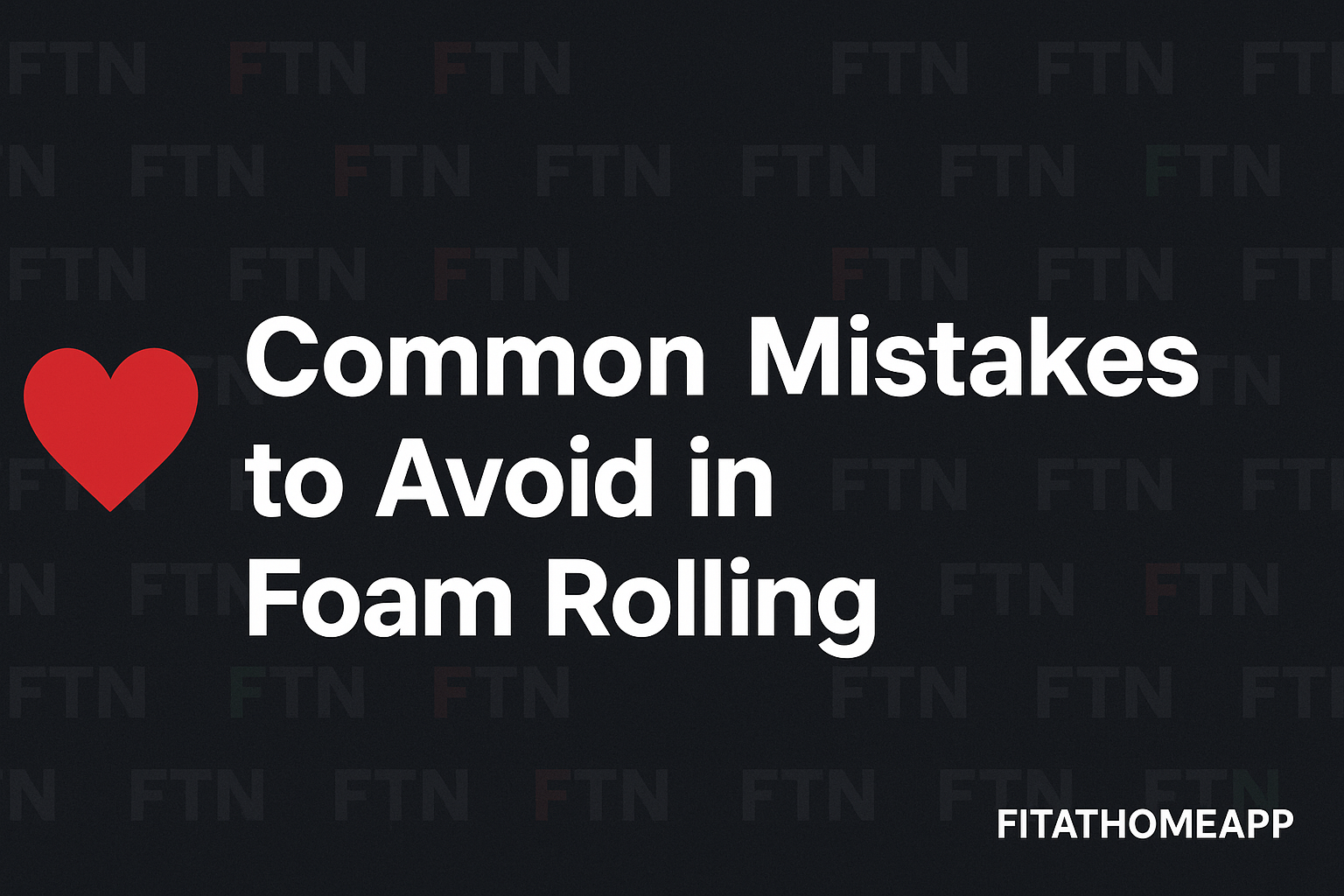Foam Rolling benefits: A Must-Have Tool for Athletes and Fitness Enthusiasts
Introduction
Foam rolling has become a game-changer in the world of fitness and athletic recovery. Whether you’re a professional athlete, weekend warrior, or someone just getting started with exercise, incorporating foam rolling into your routine can help improve flexibility, reduce muscle soreness, and support faster recovery. At its core, foam rolling is a type of self-myofascial release — a technique that helps release tension in the connective tissues (fascia) surrounding your muscles.
Using a cylindrical foam roller, individuals apply pressure to tight or sore muscles, rolling slowly over the area to loosen knots and break up adhesions. This process increases blood flow, improves range of motion, and prepares the body for both intense training sessions and effective recovery afterward. Best of all, foam rolling is accessible, low-cost, and can be done anywhere — at home, in the gym, or even on the go.
Why Foam Rolling Works
Foam rolling isn’t just a fitness trend — it’s backed by science. When muscles become tight from overuse or strenuous activity, they can form knots or trigger points that restrict movement and cause discomfort. Foam rolling helps by applying targeted pressure to these areas, encouraging the muscle fibers to relax and realign.
Several studies have shown that foam rolling can reduce Delayed Onset Muscle Soreness (DOMS), a common condition that occurs 24 to 72 hours after intense workouts. Additionally, it improves circulation by stimulating blood flow to affected areas, delivering oxygen and nutrients that aid muscle repair.
Increased flexibility and range of motion are also major benefits. When combined with stretching, foam rolling can help athletes move more efficiently, which leads to better performance and a reduced risk of injury.
Choosing the Right Foam Roller
Not all foam rollers are the same, and choosing the right one can make a big difference in your experience. Here’s a quick breakdown of the most common types:
Soft Rollers: Best for beginners or those with sensitive muscles. These provide gentle pressure and are great for recovery days.
Medium-Density Rollers: A balance between comfort and pressure. Ideal for most users looking for everyday use.
Firm Rollers: Provide deep tissue pressure and are best suited for experienced users or athletes dealing with tough knots and tight muscles.
Textured Rollers: Feature ridges or bumps designed to mimic a massage therapist’s hands. They target deeper muscle layers and trigger points effectively.
Vibrating Foam Rollers: These high-tech rollers offer added stimulation through vibration, which can further enhance blood flow and muscle relaxation.
When starting out, it’s often best to begin with a soft or medium-density roller and gradually work your way up to firmer options as your body adapts.
How to Use a Foam Roller Effectively
Foam rolling is simple, but technique matters. Here are a few tips to help you roll like a pro:
Start Slow: Roll slowly over the targeted muscle group, spending 30 to 60 seconds on each area. If you find a tender spot, pause and breathe through the discomfort for 20–30 seconds.
Don’t Overdo It: More pressure doesn’t mean better results. Avoid rolling directly over joints or bones, and limit sessions to around 10–15 minutes.
Use Before and After Workouts:
Pre-workout: Foam rolling before exercise helps activate muscles, increase circulation, and improve performance.
Post-workout: It reduces soreness, removes waste products like lactic acid, and accelerates muscle repair.
Target the Right Muscles:
Legs: Roll out the calves, quads, hamstrings, and IT bands.
Back: Focus on the upper and lower back while avoiding the spine directly.
Glutes and Hips: Especially important for runners or those who sit for long hours.
Arms and Shoulders: Great for lifters and swimmers who carry a lot of tension in the upper body.
Common Mistakes to Avoid
Foam rolling is safe for most people, but there are some common pitfalls to watch out for:
Rolling Too Fast: Quick movements reduce effectiveness. Slow, controlled rolls are key.
Using Too Much Pressure: Pushing too hard can cause bruising or even worsen soreness.
Ignoring Pain Cues: Some discomfort is normal, but sharp or intense pain is a sign to stop.
Inconsistent Use: Like any other recovery method, consistency matters. Sporadic use won’t yield the same benefits as regular sessions.
Rolling Over Injured Areas: Avoid foam rolling directly over acute injuries or inflamed spots. Consult a healthcare provider if you’re unsure.
Creating a Foam Rolling Routine
Incorporating foam rolling into your weekly fitness schedule can yield powerful results. Here’s a sample routine based on your workout intensity:
Beginner (2–3 times/week):
Focus on major muscle groups
Spend 10 minutes total per session
Intermediate (3–4 times/week):
Add more targeted work to problem areas
Combine with static stretching post-workout
Advanced (daily use):
Integrate into both warm-up and cooldown
Use a mix of roller types (firm, textured, etc.)
Pair your foam rolling with hydration, proper nutrition, and adequate sleep for even better recovery outcomes.
Combining Foam Rolling with Other Recovery Tools
Foam rolling works even better when integrated with other recovery methods. Stretching, for example, complements foam rolling by lengthening muscles that have already been relaxed. Light massage, yoga, or active recovery days (such as walking or swimming) also support muscle health and flexibility.
Moreover, foam rolling helps prepare the body for deeper work if you get a sports massage or chiropractic adjustment. It’s also a great tool for managing stress and tension — especially if you spend long hours sitting at a desk.
Real Athlete Testimonials
Many athletes swear by foam rolling as a secret weapon in their training toolkits:
“Foam rolling after my long runs has helped me bounce back faster and avoid injuries that used to sideline me for weeks.”
— Amanda G., Marathon Runner
“I used to think it was just a trend, but after incorporating foam rolling into my warm-ups, my lifts feel smoother and my recovery time has improved dramatically.”
— Jason P., Powerlifter
Their stories reflect the growing recognition of foam rolling as more than a temporary fix — it’s a sustainable, science-backed recovery tool that makes a real difference.
Final Thoughts
Foam rolling might look simple, but its benefits are anything but basic. It’s an accessible, cost-effective, and research-supported way to improve your mobility, accelerate recovery, and keep your body performing at its best. Whether you’re chasing a personal record or simply want to feel less stiff after sitting at a desk all day, foam rolling can help.
The key is consistency and technique. Choose the right roller, use it properly, and make it part of your wellness routine. Over time, you’ll likely notice reduced soreness, improved flexibility, and a greater sense of physical balance.
So grab your foam roller, roll with intention, and unlock a smoother, stronger version of yourself — one muscle at a time. 💪
“As an Amazon Associate I earn from qualifying purchases.”
Real Value This Video Adds to my Article:
This 30-minute full-body foam rolling routine provides practical and guided recovery techniques for athletes and fitness enthusiasts. It helps reinforce the article’s claims by showing:
How foam rolling works across different muscle groups.
A complete routine suitable for both pre- and post-workout sessions.
Clear and calming voice-over instructions that make it accessible even for beginners.
Focuses on myofascial release, increased circulation, and reduced muscle tension — directly supporting the scientific and practical points in my article.
Including this video adds visual demonstration, credibility, and a follow-along format, which encourages readers to take action immediately.
This video is one of the most effective and well-paced foam rolling guides on YouTube. It doesn’t rush the process, which is essential for real muscle release. The instructor’s calm tone, combined with the structured transitions between muscle groups, creates a relaxing yet purposeful experience.
It’s perfect for:
Athletes needing guided recovery,
Beginners who don’t know where to start,
Or even office workers looking to loosen up tight muscles.
It’s not flashy or over-produced — and that’s a strength. It focuses on real technique and body awareness, not hype.
🍽️ The Importance of Proper Sports Nutrition and Not Neglecting It Alongside Foam Rolling
When it comes to fitness, most people focus heavily on training routines and workout intensity, often overlooking two essential pillars of performance: proper sports nutrition and effective recovery practices like foam rolling. While exercise is the stimulus for change, it’s nutrition and recovery that actually allow progress to happen. Ignoring either can lead to stalled results, fatigue, or even injury.
Proper sports nutrition is more than just eating a protein bar after your workout. It’s a comprehensive approach that fuels your body before, during, and after physical activity. When you engage in strength-based workouts—like Pull Up Bar Workouts or high-intensity training—your muscle fibers undergo tiny tears. To rebuild and grow stronger, your body relies on key nutrients such as protein, complex carbohydrates, healthy fats, and a range of vitamins and minerals.
Protein is the building block for muscle repair and growth. Without enough of it, recovery is delayed and you may feel sore or weak for longer periods. Carbohydrates, often wrongly demonized, are essential for energy, especially for intense sessions that deplete glycogen stores. Healthy fats support hormone production, brain function, and joint health—all of which are critical for consistent training.
Neglecting proper nutrition can quickly backfire. You might experience low energy, prolonged muscle soreness, slow progress, or even overtraining symptoms. In contrast, a well-balanced meal plan supports recovery, performance, fat loss, and muscle gain—all depending on your goals.
Alongside nutrition, foam rolling plays a key role in optimizing recovery and maintaining muscle health. Foam rolling, also known as self-myofascial release, helps release muscle tightness, reduce inflammation, and improve blood circulation. This practice enhances flexibility, reduces post-workout soreness (DOMS), and can prevent injury when done consistently.
However, it’s crucial to understand that foam rolling isn’t a substitute for good nutrition—and vice versa. You can spend 20 minutes rolling out every muscle group, but if you’re not giving your body the nutrients it needs to recover, you’re only doing half the job. Likewise, eating well without addressing muscle tension or mobility can limit performance and increase the risk of injury.
The real magic happens when both elements are combined: smart fueling and smart recovery. Eating a protein-rich meal or shake after a workout helps jumpstart muscle repair, while foam rolling supports physical relaxation and muscle readiness for the next session. Staying hydrated, incorporating anti-inflammatory foods, and managing stress also contribute to a holistic recovery approach.
In the long run, athletes and fitness enthusiasts who prioritize both proper nutrition and recovery tools like foam rolling enjoy better progress, fewer setbacks, and a more sustainable fitness journey. Whether you’re aiming for muscle growth, fat loss, or just better mobility and strength, never underestimate the power of what you eat—and how you recover.


